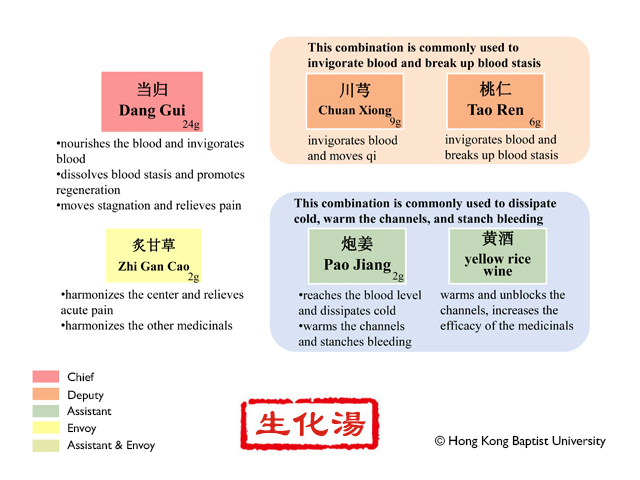Chinese Angelica
Angelicae Sinensis Radix
Functions:Supplements the blood, invigorates the blood, regulates menstruation, relieves pain, moistens the intestines, frees the stool. Apply to chlorosis due to hemopenia, vertigo and palpitation, irregular menstrual periods, amenorrhea and painful menstruation, deficiency cold abdominalgia, constipation induced by dryness of the intestine, rheumatic arthralgia, injuries from falls, superficial infection and burns and scalds.
